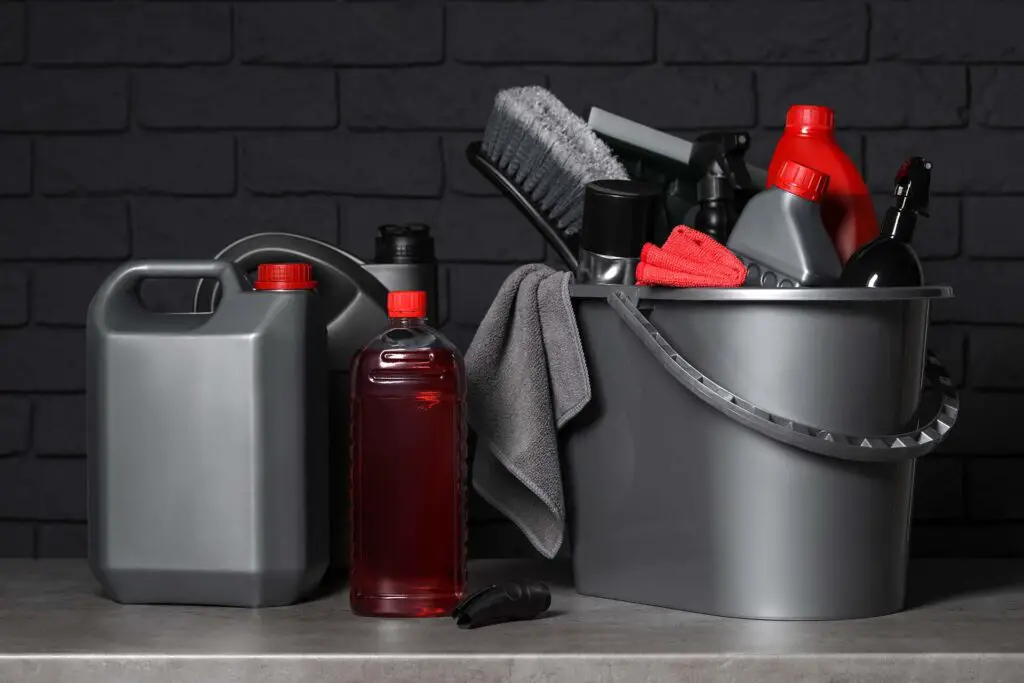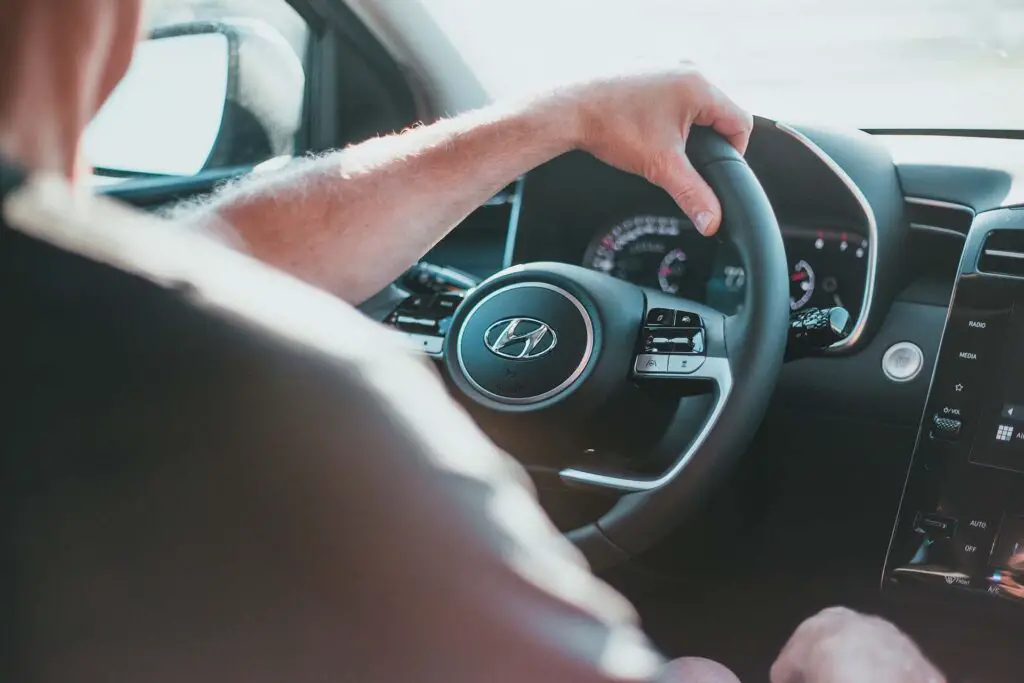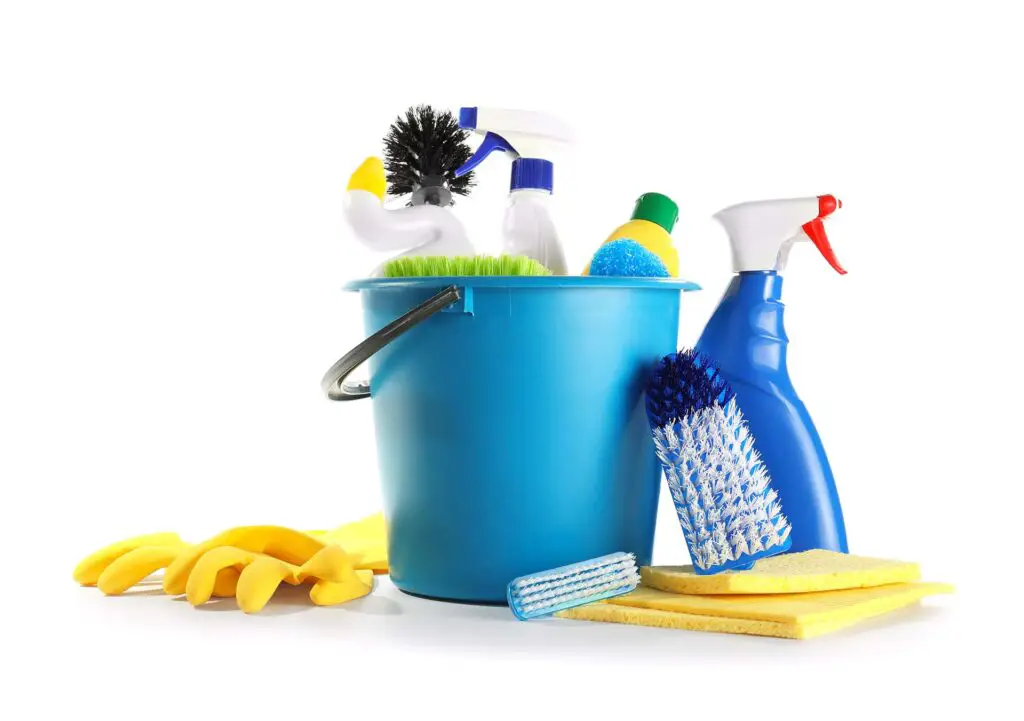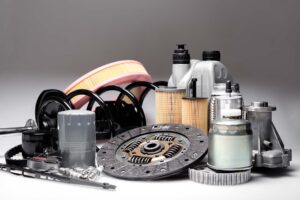Who doesn’t love the added luxury of a sunroof on your ride? But when it starts dripping, it can dampen the whole experience really quickly. However, figuring out how to fix a leaky sunroof on your car isn’t rocket science. Here’s a comprehensive guide that will help you each step of the way.
With a few tools like a soft cloth, mild detergent, and silicone sealant, you can tackle this issue with ease. Begin by ensuring a clean, dry sunroof, then unblock drainage tubes and repair the seal if needed. Some sunroofs may also require realignment. Regular maintenance, including routine checks of drainage tubes and seals, can prevent future leaks.
Causes of a Sunroof Leak
Before diving into repairs, let’s get familiar with what might be causing that annoying drip in the first place. Here are the few culprits that are usually responsible for this inconvenient situation:
Blocked Drainage Tubes
Drainage tubes are designed to carry away water that collects around your rooftop opening. When these get clogged, water can start seeping inside, leading to unwanted droplets on your dashboard or seats. No matter if you’re driving an expensive car or a pre-loved used vehicle, it’s definitely a nuisance.
Deteriorated or Misaligned Seals
The seals around the rooftop opening ensure that water stays out. Over time, these seals can deteriorate, or they might get misaligned. When this happens, you’ve got a potential entry point for moisture.
Twigs, Leaves, or Other Debris
Nature’s elements can sometimes find their way to areas around your rooftop’s opening. Even small pieces of debris can cause blockages or prevent the rooftop from closing properly, which might lead to water making its way inside.
Wear and Tear Over Time
Like any other vehicle component, from the spark plugs to the brake pads, sunroofs are not immune to the effects of time. Continuous use and exposure to environmental elements can result in minor issues that can eventually lead to water seeping in.
Damaged Exterior Housing
Sometimes, the exterior part that houses the rooftop mechanism can get damaged due to various reasons. When this protective housing is compromised, it paves the way for moisture to find its path inside, leading to undesired drips.
Here Are the Tools and Equipment You’ll Need for the Task
Before we dive into the ins and outs of how to fix a leaky car sunroof, it’s essential to gather everything you need for the task. So, here are the items you should have at arm’s reach to make the process smoother and more efficient:
| Equipment | Purpose for the Task |
| Soft cloth/Sponge | Cleaning and removing any debris around the rooftop opening |
| Mild detergent/Car-specific cleaner | Cleansing the rooftop’s surrounding area, ensuring a debris-free zone before you start the repair |
| Compressed air/Thin and flexible wire | Useful for clearing out blocked drainage tubes |
| Silicone sealant | For sealing any minor gaps or deteriorated areas around the rooftop\s seals |
| Rubber seal conditioner/Lubricant | To condition and maintain the seals, ensuring longevity and preventing future drips |
Though the task at hand doesn’t sound too risky, always remember – safety is the number one driver’s responsibility. You might not be dealing with hazardous materials, but gloves and goggles will protect you from any unforeseen splashes or sharp objects. At the end of the day, it never hurts to be extra cautious, even if you’re using some of the best cleaning solutions.

How to Fix a Leaky Sunroof on Your Car – A Step-By-Step Guide
Alright, are you ready to tackle that pesky drip and turn the rainy serenades inside your vehicle into a thing of the past? Let’s seal the deal together – here’s the complete guide to all the steps you need to take.
A Safe and Clean Start Is the Way to Go
First and foremost, find a flat surface to park. It may sound basic, but ensuring your vehicle is stationary on an even ground makes all the difference. Also, make sure the ignition is off and the rooftop area is dry – as you know, electricity and water aren’t the best of friends.
Next up – a clean slate. Give the rooftop and its surrounding zone a thorough clean-up with a mild detergent or a specialized product such as the Chemical Guys Speed Wipe Quick Detailer. This not only allows for a better visual inspection but also ensures whatever solutions you apply really stick and do their job. Dirt and grime can be the sneaky culprits preventing a proper seal, so let’s get them out of the equation.
How to Unblock the Drainage Tubes
If you’re dealing with clogged drainage tubes, here’s a breakdown to get these pieces flowing smoothly again:
- Locate the drainage points, which are usually at the corners of the rooftop opening,
- Gently blow into the tubes to push out debris,
- If that doesn’t do the trick, use compressed air or carefully insert a thin wire to dislodge the blockages,
- Pour a small amount of water into the sunroof tray,
- If the problem isn’t solved, try to repeat the process once again.
How to Fix a Leaky Sunroof Seal
Addressing the seal of your overhead window is pivotal in ensuring you stay dry inside, even when it’s pouring outside. The first step involves a thorough inspection of the seal. Keep an eye out for any signs of damage, wear, or misalignment which can often be the culprits behind those annoying drips.
Thoroughly cleaning the seal ensures not only better visibility of any issues but also prepares it for further treatment. A conditioner or lubricant such as the 303 Rubber Seal Protectant can work wonders, ensuring the seal maintains its flexibility and function. And if you spot minor gaps or cracks? Don’t worry – a touch of silicone sealant can be an effective solution, creating a watertight barrier once more. I personally recommend the Loctite Clear Silicone Waterproof Sealant.
The Process Is Finished by Realigning the Sunroof
While wrapping up, it’s important to note that realigning the overhead window might not be on the cards for every vehicle model. However, if you find yourself in a situation where it’s necessary, the essentials are fairly straightforward.
Start by examining the fit of the overhead window in relation to the vehicle roof. Ideally, it should sit flush without any noticeable gaps or unevenness. If you spot any misalignment, you’ll need to refer to your vehicle’s manual or seek professional advice.

Routine Checks and Maintenance for a Dry Interior
We often take our vehicle’s overhead window for granted until the moment it starts letting water in. However, regular inspections play a pivotal role in catching minor issues before they evolve into bigger headaches and costly repairs.
By routinely checking drainage tubes and seals, you can ensure the longevity of your overhead window and keep the interior dry, rain or shine. And make sure to not forget about the cleaning as well. Here are some helpful cleaning tips:
- Always use a soft cloth or sponge to avoid scratching the surface,
- Opt for mild detergents or specific window cleaners to prevent any damage,
- Avoid abrasive materials or harsh chemicals which might degrade the seals,
- Wipe in a circular motion to ensure thorough cleaning,
- Clean the surrounding area, too, to ensure no debris falls into the drainage tubes,
- Rinse with clean water and dry thoroughly to prevent water spots,
- Occasionally, lubricate the seals with a rubber conditioner to maintain their elasticity.

Here’s How to Recognize if the Problem Is Beyond a DIY Fix
The world of DIY can be incredibly rewarding, but it’s essential to acknowledge when a task surpasses our expertise. Some overhead window issues require the touch of seasoned professionals. Here are a few scenarios that might indicate it’s time to call in the cavalry:
- Persistent leaks after attempts to fix,
- Visible damage to the overhead window glass or major seal issues,
- The inability to close or open the window smoothly,
- Water stains or damage in the car’s interior lining around the overhead window,
- Odd noises or resistance when trying to operate the overhead window.
Professional assistance comes with the reassurance of experienced hands addressing the issue. These experts can pinpoint problems that might escape an untrained eye, ensuring the longevity and safety of your overhead window. Plus, they often back their work with warranties, giving you peace of mind that the job is done right.

Now You Can Keep the Rain Where It Belongs – Outside
Tackling an overhead window might seem like a huge issue, but with the right tools, some patience, and a sprinkle of skill, you can keep those unexpected indoor showers at bay. Remember, it’s all about spotting the small problems before they become bigger, more expensive headaches. And if things get too tricky? Don’t sweat it – pros are just a call away to ensure you’re cruising in dry comfort. I wish you safe and splash-free travels!
Frequently Asked Questions
Can I Drive My Vehicle With a Leaking Sunroof?
While driving with a minor leak might not immediately damage your vehicle, it can lead to interior water damage, mold growth, or electronic issues over time. It’s best to address the leak promptly to avoid more costly repairs down the line.
Why Is My Sunroof Leaking Even if It Looks Fine?
Even if the sunroof appears in good shape, blockages in drainage tubes, debris accumulation, or minor gaps in the seals can lead to leaks. Regular inspections and maintenance can help identify and fix these inconspicuous issues.
What’s the Main Reason for Drainage Tubes Getting Blocked?
Often, the culprits are tiny debris like leaves, twigs, or even dirt. Over time, these materials can accumulate in the tubes, leading to blockages. It’s essential to clean them out regularly to ensure smooth drainage.
Can I Use Any Type of Sealant to Fix the Sunroof Seal?
It’s recommended to use a silicone sealant specifically designed for automotive use. These sealants adhere better, can withstand weather conditions, and ensure a longer-lasting bond suitable for vehicle applications.
How Often Should I Check My Sunroof for Potential Issues?
It’s a good practice to inspect your sunroof every season, especially before periods of heavy rainfall. Regular checks help in spotting early signs of blockages or seal wear, preventing bigger issues down the road.








